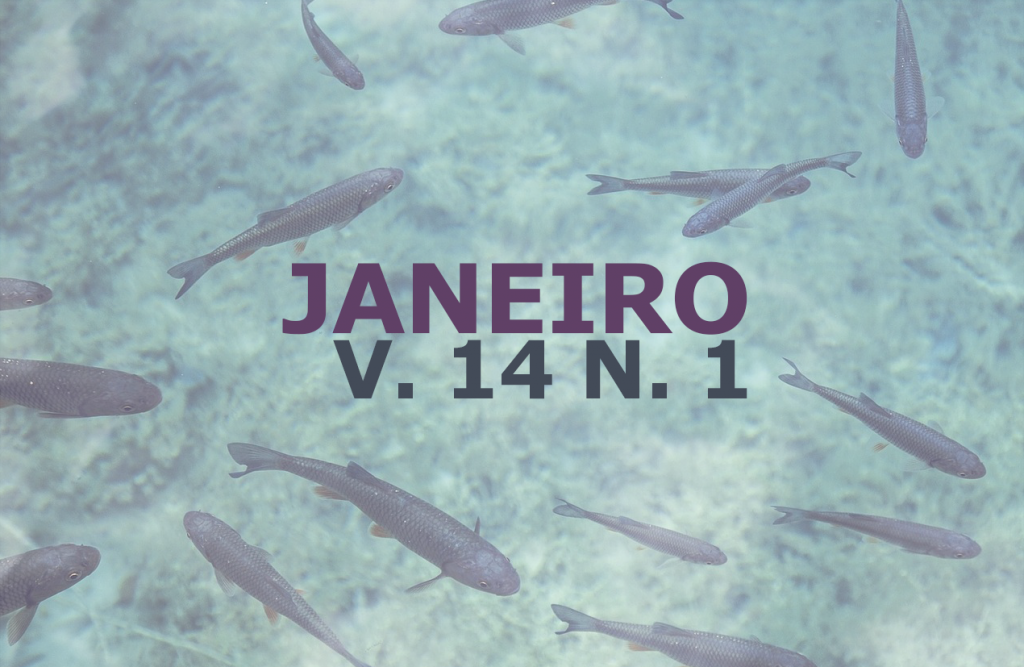Aquaponics ladder system: case study
DOI:
https://doi.org/10.31533/pubvet.v14n1a500.1-9Keywords:
water, ammonia, recirculation, tilapiaAbstract
The growing increase in the world population and the need to meet all nutritional demand requires the development of new food production techniques. Thus, comes aquaponia, which integrates fish cultivation and hydroponic agriculture, promoting a sustainable system of producing safe food and conservation of water resources. The system is based on the recirculation of water between crops, using fish production substrates for vegetable growth, avoiding the accumulation of toxic ammonia excreted by animals in water, enabling aerobic conversion through the action of microorganisms, consequently absorbed by plant roots, helping their growth. This work accompanied the quality of water and the productive performance of Nile tilapia (Oreochromis niloticus) created in an aquaponic system in stairs, intercropmed with Lettuce (Lactuca sativa var. crispa). The results were compared with those recommended in the literature and exceeded the expectation of growth and weight gain of fish with initial biomass of 1,500g/m3 and final biomass of 9,856g/m3, with the initial average weight of 50g and final weight of 352g, with average feed intake 945g/fish and 2.68 feed. It was observed that the parameters of water quality during the period of beginning and multiplication of the action of ammonia nitrir bacteria presented variations, which may be related to the percentage of 11.12% of fingerling mortality. After this period the results obtained were satisfactory and corresponded to the expected proving that the aquaponicsystem on stairs presents several benefits and requires technical knowledge for satisfactory results, being a viable alternative for cultivation and management of aquaponics in Brazil.esumo em inglês. A palavra abstract em maiúsculo e negrito.
Downloads
Published
Issue
Section
License
Copyright (c) 2020 Ana Lucia de Oliveira Belintano, Franciele Itati Kreutz, Eliseu Aparecido Messias, Josias Rodrigues Ibanhez, Milena Wolff Ferreira, Denilson de Oliveira Guilherme

This work is licensed under a Creative Commons Attribution 4.0 International License.
Você tem o direito de:
Compartilhar — copiar e redistribuir o material em qualquer suporte ou formato
Adaptar — remixar, transformar, e criar a partir do material para qualquer fim, mesmo que comercial.
O licenciante não pode revogar estes direitos desde que você respeite os termos da licença. De acordo com os termos seguintes:
Atribuição
— Você deve dar o crédito apropriado, prover um link para a licença e indicar se mudanças foram feitas. Você deve fazê-lo em qualquer circunstância razoável, mas de nenhuma maneira que sugira que o licenciante apoia você ou o seu uso. Sem restrições adicionais
— Você não pode aplicar termos jurídicos ou medidas de caráter tecnológico que restrinjam legalmente outros de fazerem algo que a licença permita.





